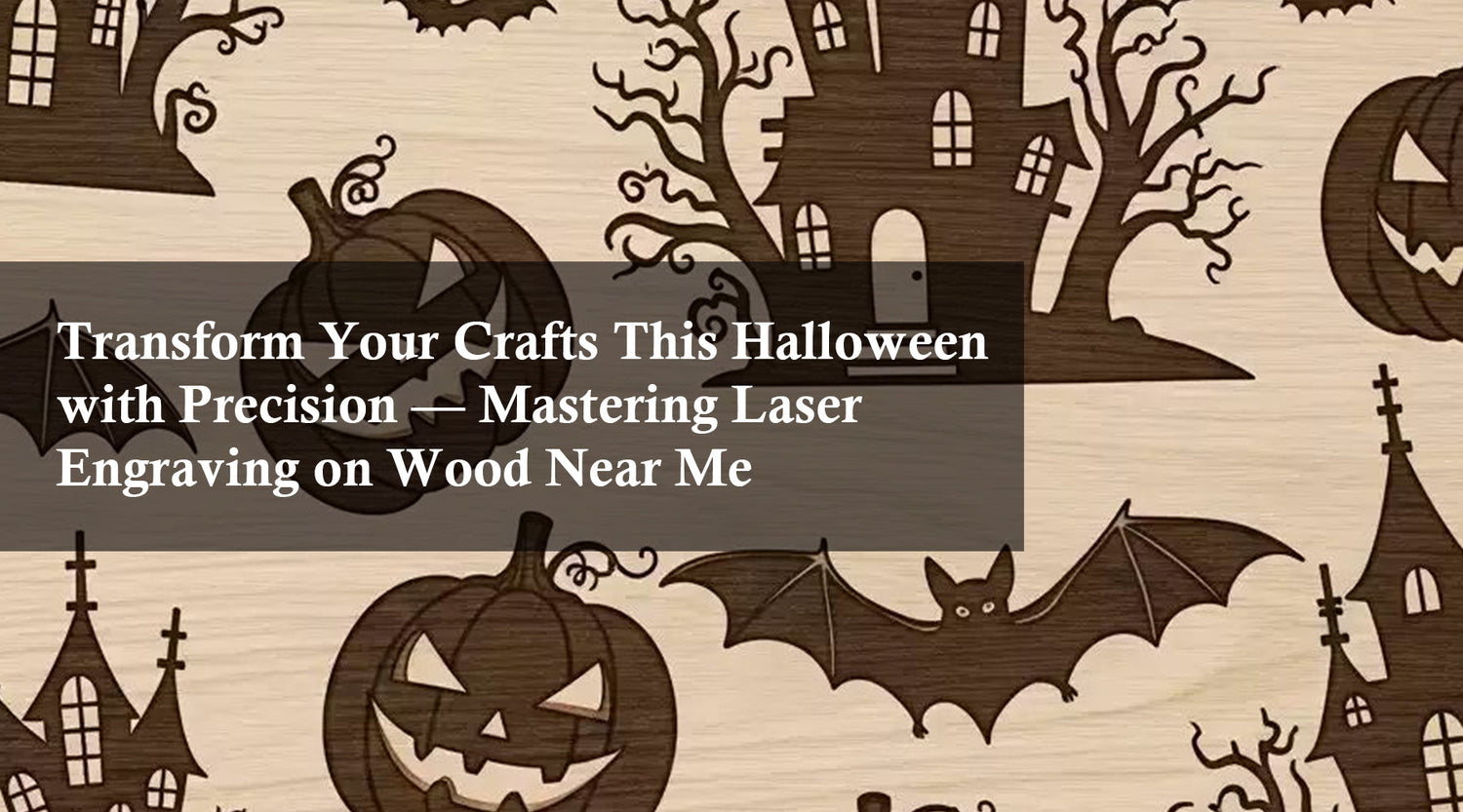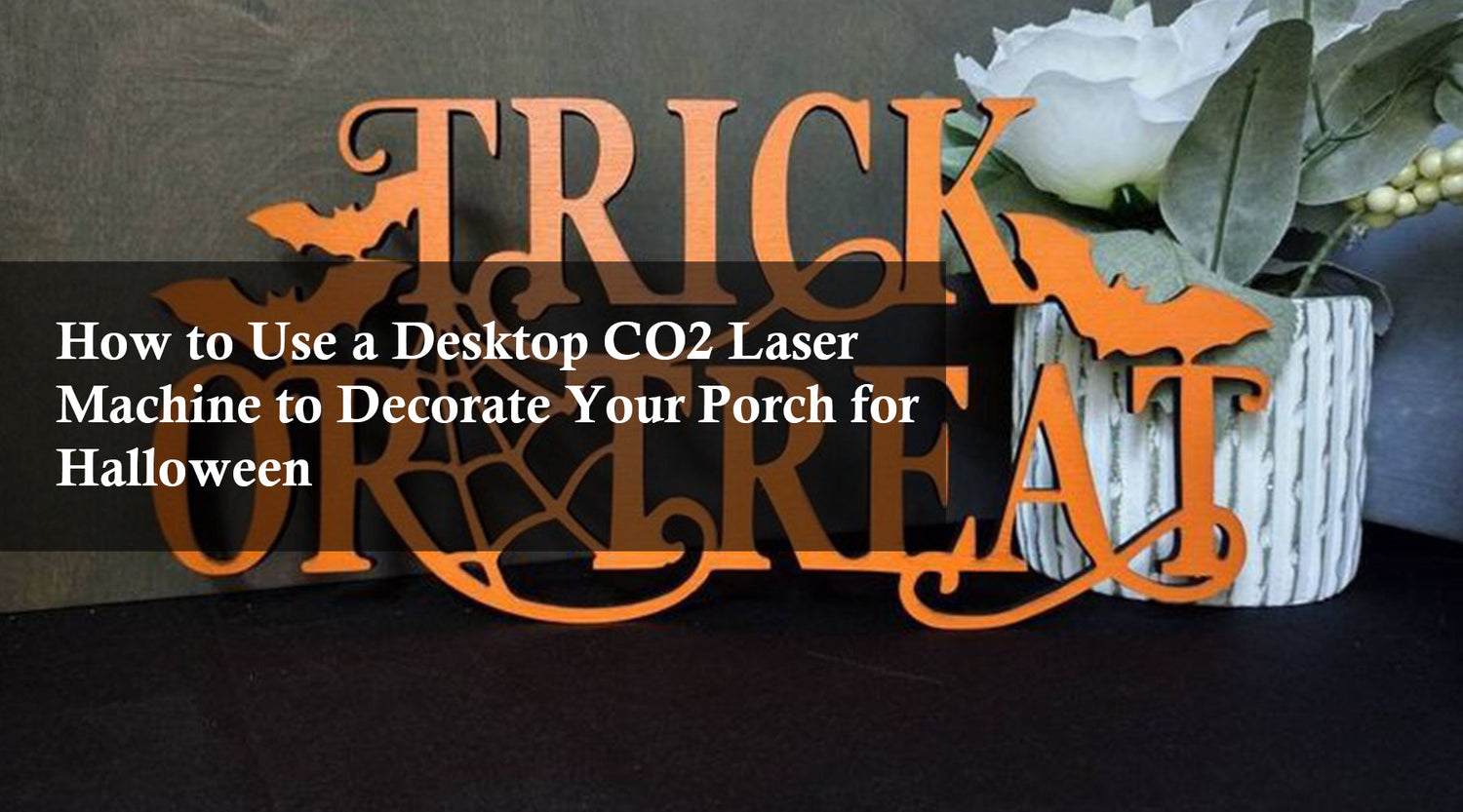Introduction
Mastering how to cut acrylic with a CO2 laser starts with understanding the material itself. While acrylic reigns supreme for its versatility and vibrant colors, did you know two distinct types – cast vs extruded acrylic – hold the key to flawless cutting acrylic sheets? Exploring the unique properties of each unlocks their potential and empowers you to craft stunning projects.This guide dives into the distinct properties of each and empowers you to choose the right acrylic and laser engraving acrylic settings for your projects. Using a suitable acrylic cutting machine ensures better results.
How to Cut Acrylic: Cast Laser Engraving Acrylic - for Clarity, Stability, and Premium Finishes
Cast acrylic vs extruded is an essential comparison to make when choosing your laser cutting material. Cast cutting acrylic sheets, also known as PMMA (polymethyl methacrylate), is a premium material known for its exceptional optical clarity, scratch resistance, and dimensional stability. It's often used for high-end displays, signage, and demanding industrial applications.

Here's how to cut acrylic with Cast under a CO2 laser:
CO2 lasers are excellent tools for cutting cast acrylic, offering clean edges and precise results. Using the right acrylic cutting machine can make a huge difference. Here's a basic guide to get you started:
- Prepare your design: Use design software to create your cutting acrylic sheets paths with a hairline stroke width (0.001 inches). Ensure your design is sent to the laser cutter in a compatible format.
- Set up the laser: Consult your specific laser cutter's manual for detailed instructions. Generally, you'll need to adjust settings like power, speed, and focus based on the acrylic thickness. Start with lower power and higher speeds for thinner acrylic, and adjust as needed for thicker sheets.
- Prepare the acrylic: Ensure the acrylic sheet is clean and free of dust or debris. Masking the back of the acrylic with transfer tape can help prevent melting and unwanted marks.
- Test and refine: Before committing to your final cutting acrylic sheets, perform a test cut on a scrap piece of acrylic with your chosen settings. This allows you to fine-tune the settings for an optimal clean cut with minimal scorching.
- Laser cutting acrylic sheets: Once satisfied with your settings, secure the acrylic sheet in the laser cutter bed and initiate the cutting acrylic sheets process. Remember to follow safety precautions like wearing proper eyewear and ensuring proper ventilation.
Additional Tips:
- Keeping the acrylic slightly elevated with small supports can minimize heat warping on the bottom.
- Using a slightly defocused laser can create a smoother, polished edge but may require adjustments in power and speed.
- Always refer to your specific laser cutter's manual and safety guidelines for detailed instructions and safe operation.
By following these steps and practicing with test cuts, you can achieve clean and precise cuts on your cast acrylic projects using your CO2 laser. The effectiveness of your acrylic cutting machine will become evident with practice.
How to Cut Acrylic: Extruded Laser Engraving Acrylic - A Versatile and Cost-Effective Choice
Cast acrylic vs extruded acrylic decisions often depend on your project’s cost and precision requirements. Extruded laser engraving acrylic, also known as XT, is a cost-effective alternative offering good overall performance. It's widely used for signage, displays, promotional items, and various DIY projects.

While CO2 lasers can be used to cut extruded acrylic, it's important to note that it's not the recommended method due to several challenges:
- Uneven melting: Extruded acrylic has inherent internal stresses that can cause uneven melting and warping during the cutting process. This can lead to rough edges and a distorted final product.
- Cracking: The rapid heating and cooling of the laser beam can cause the acrylic to crack, especially for thicker sheets.
- Fumes: Extruded acrylic can release harmful fumes when laser cut, requiring proper ventilation and potentially specialized filtration systems.
Therefore, it's generally recommended to use cast acrylic for laser cutting with a CO2 laser due to its superior properties and cleaner results.
However, if you absolutely must use extruded acrylic, it's crucial to exercise extreme caution and follow these additional steps:
- Minimize power and maximize speed: This helps reduce heat exposure and minimize melting and warping.
- Test extensively: Perform numerous test cuts with varying settings on scrap pieces to find the optimal parameters for minimal distortion and cracking.
- Use proper ventilation: Ensure adequate ventilation to remove harmful fumes released during the cutting process.
Remember: Using extruded acrylic with a CO2 laser carries inherent risks and may not produce satisfactory results.
Choosing the Right Acrylic for Acrylic Laser Engraving Project

When comparing cast vs extruded acrylic, it all boils down to your specific needs and priorities:
- For superior clarity, polished edges, and wider thickness options, prioritize cast acrylic.
- For faster cutting speeds, affordability, and projects where frosted edges are acceptable, opt for extruded acrylic.
Mastering the Art of How to Cut Acrylic with CO2 Laser
Regardless of your chosen acrylic type, here are some tips of how to curt acrylic with CO2 laser cutting successfully:
- Use high-quality vector graphics: Ensure your designs are clean and accurate for precise laser cutting.
- Optimize your laser settings: Experiment with power, speed, and frequency to achieve the desired results for your specific acrylic type and thickness.
- Utilize proper ventilation: Laser cutting generates fumes, so ensure adequate ventilation to remove them safely.
- Clean your laser regularly: Maintaining your laser ensures optimal performance and minimizes cutting inconsistencies.
Beyond the Basics: Laser Engraving Acrylic

While cutting is a major application, CO2 lasers also excel at laser engraving intricate designs and text onto acrylic. Both cast and extruded acrylic are suitable for engraving, but consider these factors:
- Cast acrylic offers superior detail: Due to its slower polymerization rate, you can achieve finer details with cast acrylic engraving.
- Extruded acrylic might show slight frosting: The faster engraving process on extruded acrylic can result in a slight frosting effect around the engraved area.
Embark on Your Laser Engraving Acrylic Journey with Monport CO2 Acrylic Cutting Machine
Whether you're a seasoned maker or just starting your laser cutting adventure, Monport Laser offers a range of user-friendly CO2 laser cutters that cater to various needs and budgets. Explore the Monport website to discover the perfect laser for your next cutting acrylic sheets project and unlock a world of creative possibilities!
Comparing cast vs extruded acrylic is a fundamental step in choosing the right material for your design goals. For makers who want polished edges and premium results, cast is ideal. If budget and simplicity are key, extruded has its place.
Read More: How to Cut Acrylic Globe and Laser Cut Acrylic Projects
Conclusion
Mastering the art of how to cut acrylic with a CO2 laser hinges on understanding the subtle differences between cast vs extruded acrylic. While both offer unique advantages, cast acrylic reigns supreme for laser cutting due to its superior clarity, stability, and resistance to warping. However, with careful attention to settings and ventilation, extruded acrylic can be used for certain projects. By carefully selecting the right acrylic and optimizing your laser cutter settings, you can unlock the full potential of this versatile material and create stunning, professional-quality projects.
Ready to dive in? Explore Monport's range of CO2 laser cutters to find the perfect tool for your acrylic adventures. Choosing the right acrylic cutting machine is the first step!









